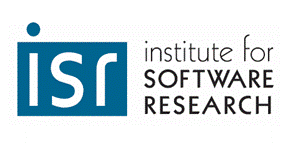
Institute for Software Research
School of Computer Science, Carnegie Mellon University
ORA User's Guide 2009
Kathleen M. Carley, Jeff Reminga,
Jon Storrick, Matt DeReno
May 2009
Center for the Computational Analysis of
Social and Organizational Systems (CASOS) Technical Report
This report supersedes Institute for Software Research
Technical Report CMU-ISR-08-125: ORA User's Guide 2008, July 2008
This report is superseded by Institute for Software Research
Technical Report CMU-ISR-10-120: ORA User's Guide 2010
ORA is a network analysis tool that detects risks or vulnerabilities of
an organization's design structure. The design structure of an organization
is the relationship among its personnel, knowledge, resources, and tasks
entities. These entities and relationships are represented by the
Meta-Matrix. Measures that take as input a Meta-Matrix are used to analyze
the structural properties of an organization for potential risk. ORA contains
over 100 measures which are categorized by which type of risk they detect.
Measures are also organized by input requirements and by output. ORA generates
formatted reports viewable on screen or in log files, and reads and
writes networks in multiple data formats to be interoperable with existing
network analysis packages. In addition, it has tools for graphically
visualizing Meta-Matrix data and for optimizing a network's design structure.
ORA uses a Java interface for ease of use, and a C++ computational backend.
The current version ORA1.2 software is available on the CASOS
website: http://www.casos.ece.cmu.edu/projects/ORA/index.html.
109 pages
Return to:
SCS Technical Report Collection This page maintained by reports@cs.cmu.edu
School of Computer Science homepage